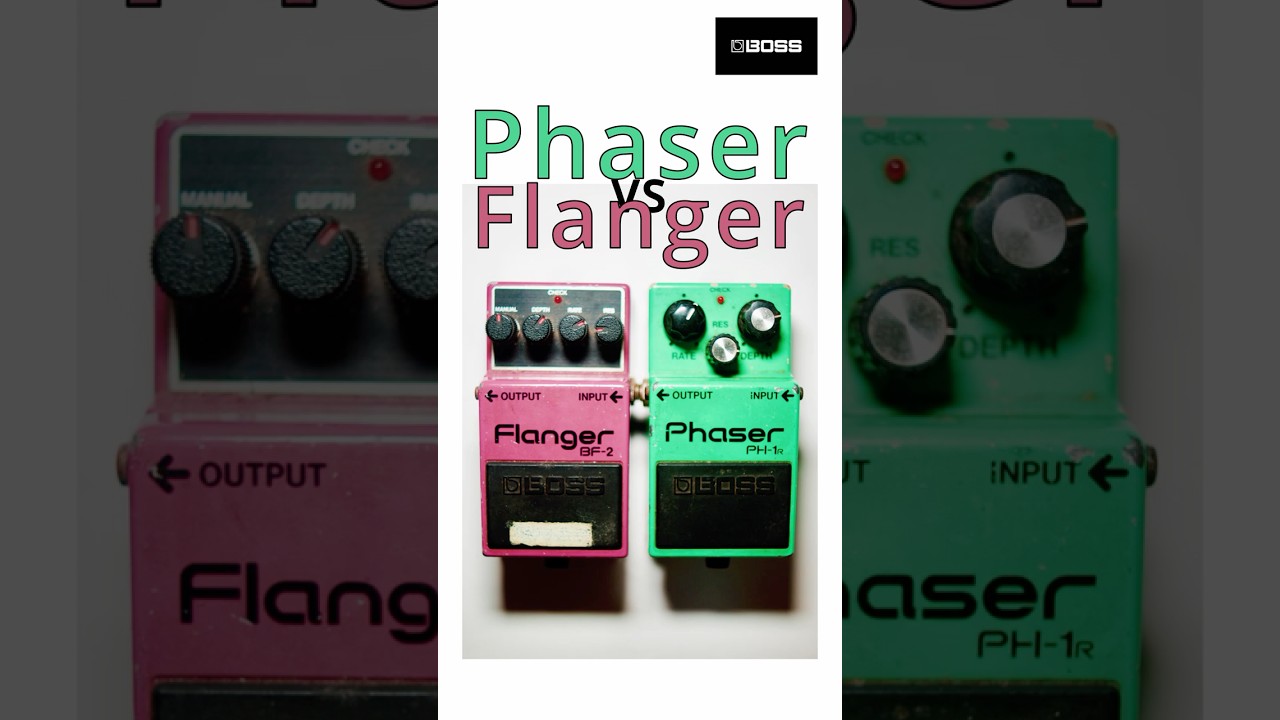Description
The Ceriatone Kleinulator Effects Loop Buffer Pedal is currently retailing at £189 and it is preorder. Available to be delivered to you by post direct (some charge may apply).The team at Just Pedals think that Ceriatone nailed it with the Ceriatone Kleinulator Effects Loop Buffer Pedal. Ceriatone Kleinulator Effects Loop Buffer Pedal
We have new and used Ceriatone musical equipment available on our website for fast direct delivery from sellers across the UK & Europe.
Ceriatone is a Malaysian company that specialises in handcrafted tube amplifiers and amp kits. Founded by Nik “Ceriatone” in 2000, the company has gained a strong reputation for creating high-quality, reliable, and affordable amps inspired by classic designs. Ceriatone is known for replicating and improving upon legendary amp circuits, such as those used by Fender, Marshall, and Vox, while also offering custom and boutique-style amplifiers. Their products are popular among musicians and builders who seek vintage-style tone, exceptional craftsmanship, and flexibility, making Ceriatone a respected name in the world of amplifier design.
A buffer pedal is used to preserve the quality and integrity of a guitar’s signal as it travels through a pedalboard. Its primary function is to maintain the signal strength and tonal clarity, especially in setups with multiple effects pedals and long cable runs.
When a guitar signal passes through a series of effects pedals and long cables, it can experience signal degradation, resulting in a loss of high frequencies, reduced clarity, and increased noise.
A buffer pedal addresses this issue by using active circuitry to “buffer” or isolate the guitar signal from the effects chain.
This helps to prevent signal loss and tonal degradation, ensuring that the signal remains strong and clear throughout the entire signal path.
Buffer pedals are especially useful in complex pedalboards where multiple pedals and long cables can otherwise negatively impact the guitar’s tone.
An effect is a modification applied to the instrument’s sound to alter its tonal characteristics, dynamics, or spatial properties. Effects can be achieved through electronic devices such as pedals, processors, or built-in effects units, and they offer a wide range of sonic possibilities.
Musicians use effects to enhance their sound, create unique textures, and expand the expressive capabilities of their instruments across various musical genres.
Just Pedals is a new Guitar Effect Pedals Marketplace – We feature new and used Guitar Effect pedals from different sellers, to purchase online from the UK.
Loop pedals, available on justpedals.co.uk, are powerful tools that allow guitarists and musicians to record and layer audio in real time, creating complex soundscapes or rhythmic backing without needing a full band. By capturing and playing back phrases instantly, loop pedals give users the ability to build rich, multi-layered music on their own. These pedals can be used to craft intricate compositions, practice timing and precision, or experiment with textures by layering riffs, chords, and rhythms repeatedly. Whether for solo performers, small band setups, or creative exploration, loop pedals are versatile devices that elevate a musician’s possibilities.
Each loop pedal on this page offers a unique range of features, accommodating various needs and experience levels. Some loop pedals include multiple tracks, allowing for seamless layering of different parts of a song, while others provide additional effects like reverb or reverse playback to add depth and variation to the loops. Justpedals.co.uk offers options for every musician, from beginners looking for simple single-track looping to professionals who require extensive control and flexibility. These pedals enable musicians to bring out new dimensions in their music, enhance live performances, and craft polished compositions on their own.
A pedal is an electronic device that alters the sound of an electric guitar by applying various effects. Pedals are typically connected in a series between the guitar and amplifier, allowing guitarists to switch effects on and off with their feet while playing.
This enables musicians to quickly and easily change their sound, adding versatility and creativity to their performances.
Pedals are essential tools in many musical genres, including rock, blues, jazz, and metal, allowing artists to craft distinctive and dynamic soundscapes.
Once you buy one, you can’t stop and then you have to sell them and buy more.
Just the latest videos
Just related products
£35.99
AB line selection/Loop/Buffer function three in Effect Pedal. Choose A or B for tap a footswitch. Tap a footswitch Turn loop on or off. The buffer function of two lines can be controlled by the gear shift switch. True bypass maintains the original so…
read more





















